
Sign up for The Wanderful newletter
Join our growing community of people looking to live the simple life!
Let’s build your van now
Join our growing community of people looking to live the Simple Life


)
A stable supply of electricity in your van is vital, especially for long trips. It lights your van, powers up your switchboards and sockets, and activates your fridge, heating system, and water pumps.
There are several ways to charge your campervan batteries. The main ways to do that are:

One component that raises a lot of questions is the DC-DC battery charger. What is a DC-DC battery charger and why do you need it?
In this article, I’ll cover the following topics:
So, without further ado, let’s get right into it!
In layman’s terms
Your vehicle’s alternator is what creates the electricity and charges the vehicle battery while you’re driving.
When you have a campervan, you use that same alternator to charge your house batteries. These are the batteries that are used to power the components inside your campervan (lights, etc) and generally, these will be Lithium or AGM batteries.
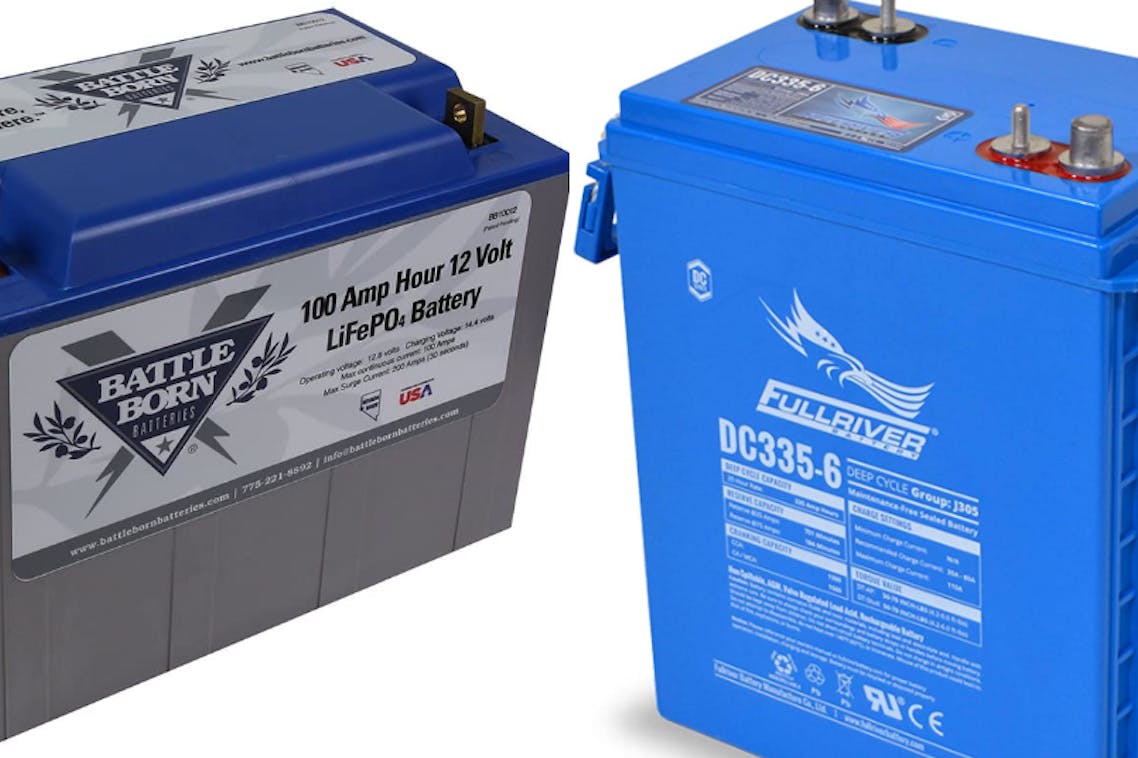
By default from the factory, your alternator is set up to know when your vehicle battery is charged and how much power the alternator needs to put out. It’s not designed to know about the campervan conversion you have going on in the back.
That’s where the DC-DC Battery Charger comes in.
The reason you need a DC to DC charger is that most of the time your vehicle battery is a lead acid battery, so your alternator is designed to charge a lead acid battery. The charging profile to charge your house battery is different. So the DC to DC charger tells your alternator:
In short, the DC-DC Battery Charger is the brain that tells your alternator how to properly charge your house batteries.
Alternator -> DC-DC Battery Charger -> House Battery
Let’s also talk about DC (direct current) in more detail. Direct current, more commonly known as DC, is known for its constant voltage flow. In contrast, AC (alternating current) has a changing flow of voltage.
While most of our home appliances still work on AC, DC is more efficient and popular in small cars, boats, and vans. With the soaring popularity of solar power in vans, DC and DC-DC battery chargers have emerged as important players.
Here’s how it compares.
Pro-tip: If you are an on-the-go van lifer travelling miles on the road, you can charge your secondary battery via the DC-DC converter quite efficiently.
The DC-DC battery charger uses your van’s alternator (an electrical generator) to convert the available power. It then converts that power to a higher voltage (Ah) for your secondary battery (i.e. your house battery).
Here’s how the DC-DC charger uses a 3-step process to charge your battery optimally.
Now that you have a good idea about DC-DC chargers, let’s look at a few benefits of installing one of these.
Most vans now come with smart alternators designed to minimize power output. This means they cannot charge a secondary battery with their load restriction. A DC-DC converter takes care of this problem by isolating the main battery from the alternator.
Another benefit of installing a DC-DC battery charger is its ability to maximize the charge of the main battery. The charger can convert an amperage of as low as 9 volts up to 13.5 volts to charge the main battery quickly and efficiently. You can get close to 100% charge on your main battery with a good day of driving.
DC-DC chargers are also a blessing in disguise if you mainly travel in areas without a lot of sunlight. DC-DC chargers can help charge the auxiliary battery to power your gadgets without worrying about solar power or other energy backup options.
One of the most important benefits of a DC-DC battery charger is that it adjusts for different battery types. This is useful as it can save you the time and cost of buying a different charger every time you replace your battery.
A DC-DC charger also adjusts the power based on what the battery is used for, minimizing damage to the battery through overcharging.
Yes, you can definitely use a DC-DC charger with lithium batteries as it can optimize your battery life. A DC-DC charger can also extend your lithium battery life.
Here’s how it compares.
If you are still deciding between AGM v Lithium batteries, this informative article can help you make the right decision: AGM vs Lithium, Which Battery is best for Van Life?
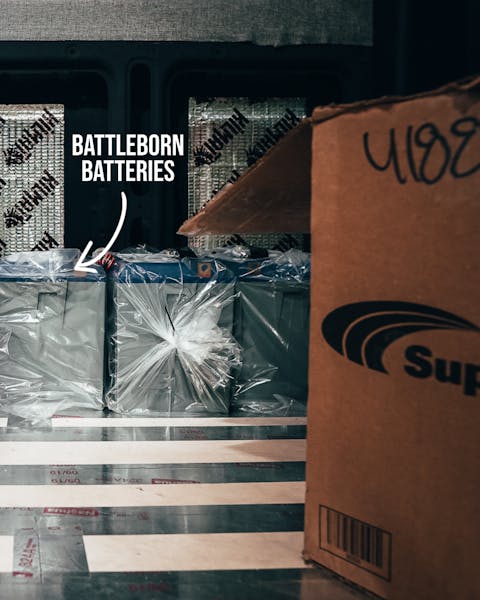
Most commonly, batteries up to 200Ah require a DC-DC battery charger of around 25Ah. For ampere-hours exceeding 200, a 40-ampere DC-DC battery charger will work better.
If your alternator has a 200 amp rating, you’d want to take that number, and cut it in half and that would be the charged power. The reason it’s recommended to run it at 50% is that you never want your alternator to be running at its maximum output load because it’s really hard on the alternator and it wears them out.
To select the best size for your DC-DC charger, you should consider the following:
Now that you have an idea of how DC-DC battery chargers work, you may wonder which is the best brand to buy. To give you a heads up, several good brands are out there catering to different customer needs.
Here’s how they measure against each other.
In my opinion, Red Arc is the brand that you should go for. There are a few key features that set this brand apart.
Price: The REDARC Electronics Dual Input 25A in-Vehicle DC Battery Charger costs around $410.
Victron DC-DC chargers such as the Orion-Tr Smart isolated/non-isolated are one of the most popular brands in the market right now with the following features:
Price: The Victron Orion-Tr Smart 12 V 30 Amp Non Isolated costs around $230.
Sterling is another popular name that many van enthusiasts choose when it comes to DC-DC battery chargers. Here are its key features:
Price: The Sterling Power Pro Ultra Charge costs $350 with a 5-year warranty.
Renogy is known for its cheap yet decent quality in the market. Here are some of its best features:
Price: The Renogy 12V 40A DC to DC costs around $160, while the Renogy 12V 60A Dc to Dc costs approximately $200.
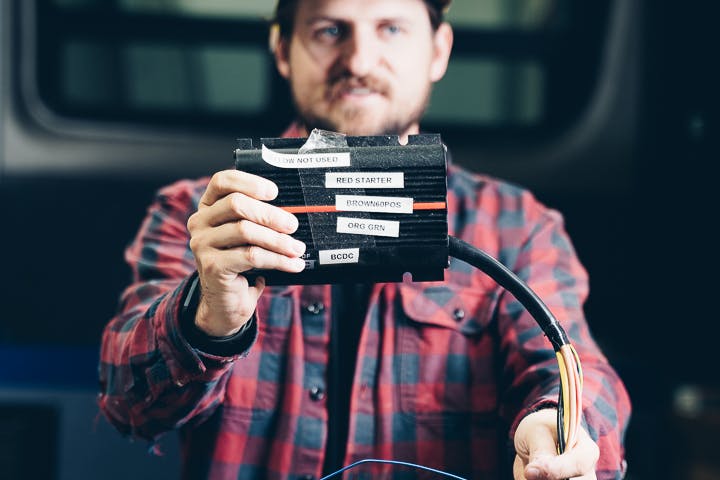
Here’s a brief overview of what this article discussed:
Now that you have sufficient knowledge on this subject, you can confidently choose the best DC-DC charger that suits all your needs!
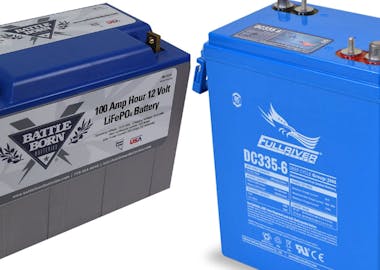)
Once you’re ready to start planning out your vans power and electrical system, one of the decisions you will need to make is which type of battery to use.
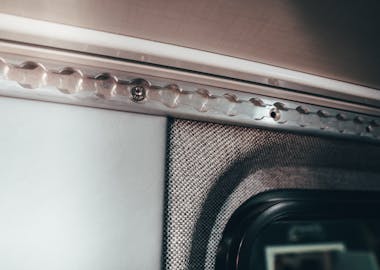)
Learn what materials the professional van builders are using and why you should consider them for your DIY Van Conversion — Heads up: You won’t find these at your traditional hardware store.
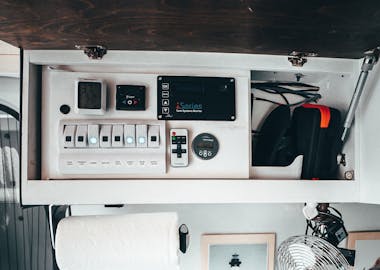)
It’s natural to become hyper-aware of all the systems you have on the go in your new home-on-wheels.